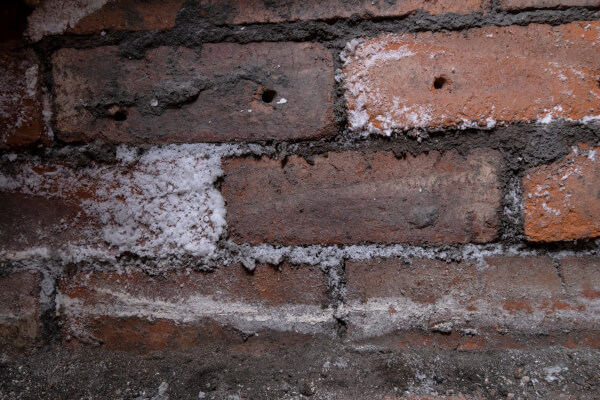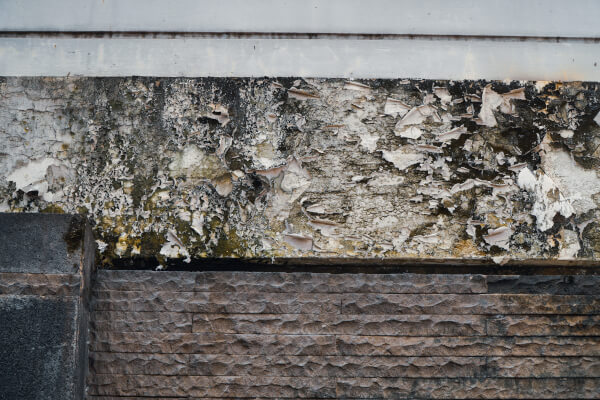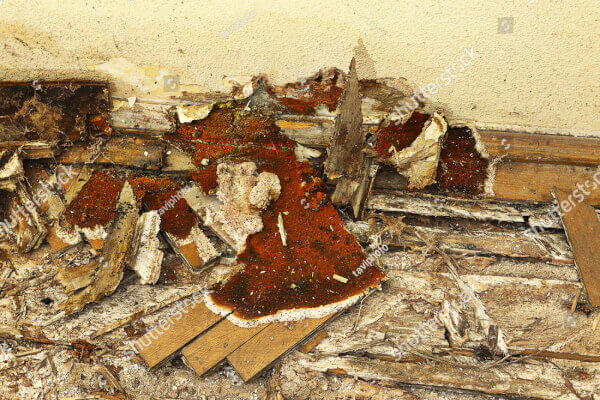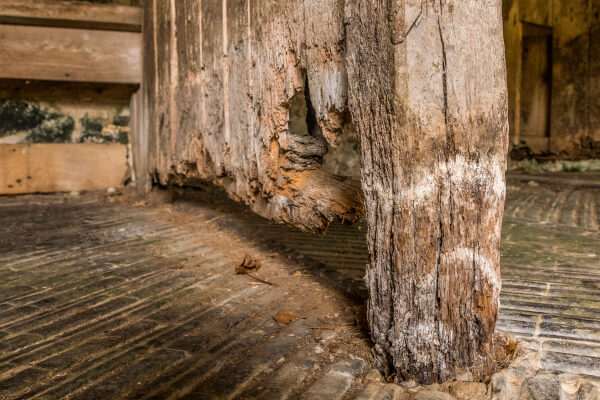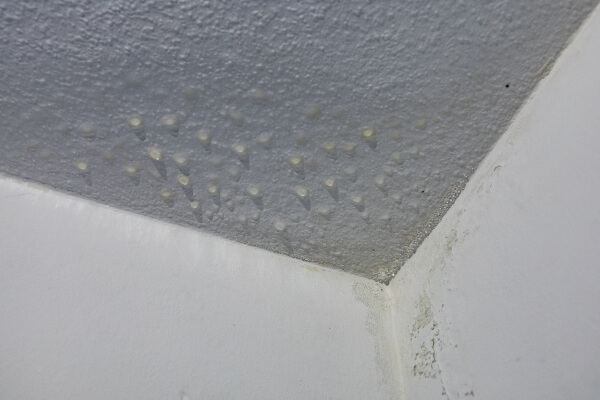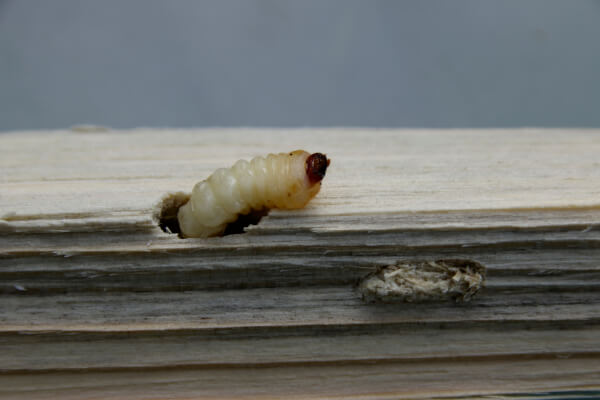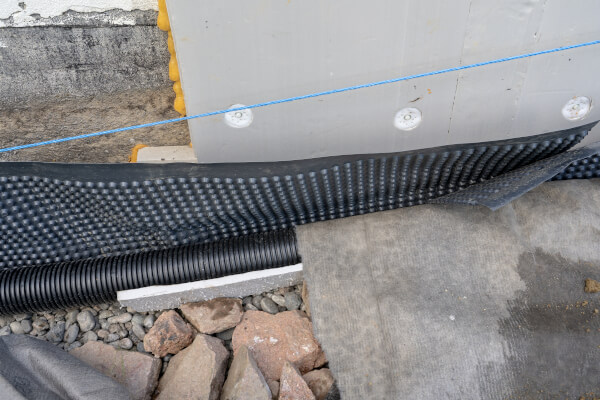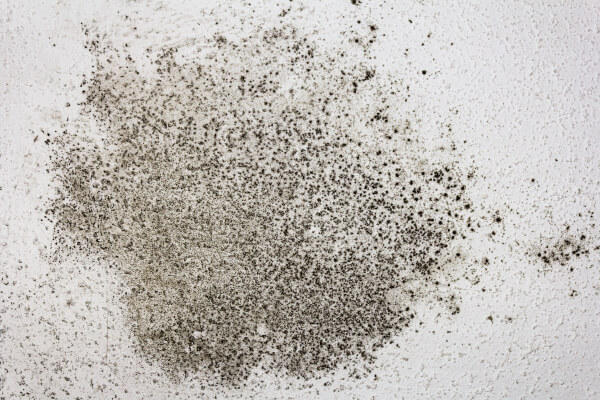Condensation Control Experts
in Nottingham
Condensation is one of the most common forms of dampness in buildings, yet it can be challenging to diagnose and manage. Often underestimated, condensation can damage decoration and building materials, trigger unsightly mould growth, and promote wood-destroying fungi, leading to unhealthy living conditions.
To eliminate condensation and mould effectively, it's essential to address the root cause rather than just the symptoms. Our specialists will inspect your property, pinpoint the cause, and recommend the best solution. Contact your local Flawless Preservation branch for expert advice or to arrange a property survey.
What Causes Condensation?
Interestingly, condensation is often a result of modern improvements to buildings. Features like insulation, draft-proofing, and double glazing are beneficial, but they can also reduce ventilation in a property. This can lead to increased relative humidity, which is the amount of moisture in the air inside your home.
Everyday activities such as taking a bath or drying clothes indoors can raise the moisture levels in the air. When warm, moist air cools, it can condense on colder surfaces, potentially causing damage. Common signs of condensation include water dripping down windows, damaged decorations, black mold growth, and musty, damp odors within a property.
Condensation & Black Mould
Proper diagnosis of the type of damp affecting your property is crucial to avoid spending money on solutions that may not address the issue. Each property is unique, and the causes of condensation or black mould can vary. Some properties may suffer from poor ventilation, while others might have structural issues creating cold spots that are difficult to detect without specialized equipment. Below are some common signs you might notice in your property:
- Water pooling on the inside of windows or on window sills
- Moisture accumulating on surfaces like kitchen or bathroom tiles
- Black mould growth on walls, ceilings, or skirting boards
- Peeling wallpaper or deteriorating paintwork
- Mould developing on clothing or stored items
- A persistent musty odor
In many cases, minor condensation issues can be resolved by improving ventilation in your property. However, this can be challenging, especially during colder months when keeping windows open isn’t practical. A more effective approach may be to contact a property damp specialist who can assess your property and recommend tailored condensation solutions.
Condensation Solutions
In many situations, simply opening a window or installing a standard extractor fan may not effectively address your condensation issue. When this happens, the best course of action is to arrange a property survey and have a professional damp surveyor assess your damp concerns.
Our skilled property surveyors will examine your home and recommend the most suitable condensation solutions tailored to your specific needs. These solutions could include addressing structural cold spots, installing powerful extraction fans, or implementing positive input ventilation systems to manage moisture levels throughout your entire property. Contact your local branch for expert advice.
Why is condensation so common?
Condensation has become a widespread issue, now affecting 1 in 5 properties. In the past, condensation was far less common. This is because older properties were generally less airtight than modern buildings. They were often poorly insulated, with ill-fitting doors and windows, and many included working fireplaces and chimneys, which enhanced ventilation. While these features led to draughts, they also allowed moisture to escape, preventing a build-up of moisture in the air.
In recent years, homeowners have invested in insulating their properties with double glazing, cavity wall insulation, and loft insulation. While these measures improve energy efficiency, they also reduce ventilation, trapping moisture inside the home and increasing the likelihood of condensation. When property defects such as penetrating or rising damp occur, cold walls can develop. Moisture in the atmosphere is naturally drawn to these cold walls, particularly when their temperature falls below the dew point, further exacerbating condensation and creating conditions for mould growth.


